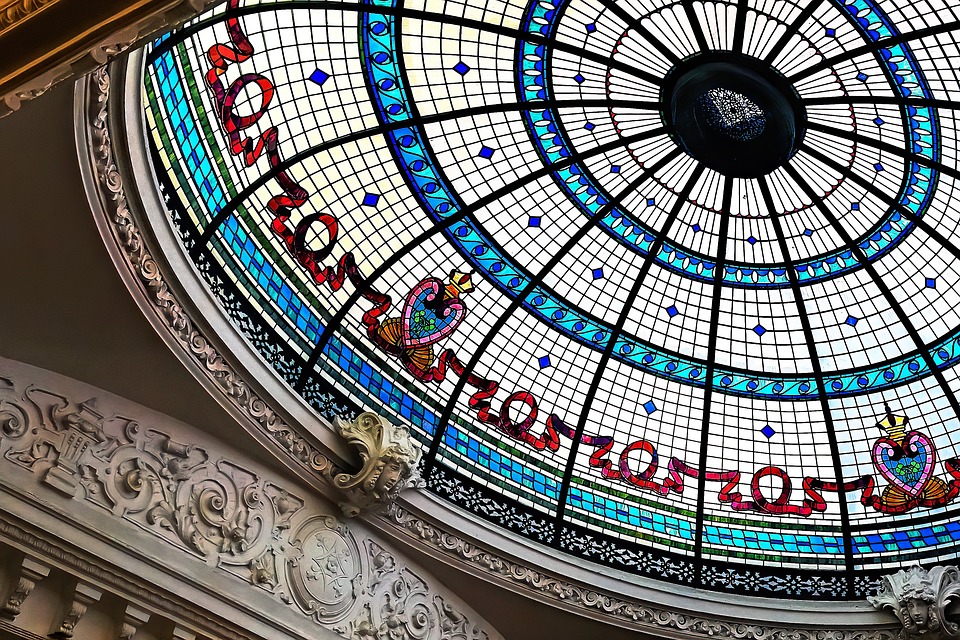Preserving Culture Through Artistic Contribution: A Tribute to Tradition
In today’s fast-paced world, with its constant advancements in technology and global connectivity, it can be easy to forget the importance of preserving our cultural heritage. However, art has always been a powerful tool for keeping traditions alive and honoring the past. Through various forms of artistic expression, from music to dance to visual arts, cultures around the world continue to pass down their stories and customs to future generations.
The Power of Traditional Art
Traditional art forms have long served as a way to not only express creativity but also to communicate important cultural values and beliefs. From indigenous tribes in the Amazon rainforest to ancient civilizations in Asia, traditional art has played a crucial role in preserving history and passing on knowledge from one generation to the next.
One example of traditional art preserving culture is the intricate weaving patterns of the Navajo tribe in the United States. For centuries, Navajo women have used looms to create beautiful textiles that tell stories of their people’s migration and connection to the land. These woven pieces are not only stunning works of art but also serve as a way for the Navajo people to connect with their heritage and keep their traditions alive.
Music and Dance as Cultural Preservation
Music and dance are other powerful forms of artistic expression that play a crucial role in preserving culture. Throughout history, music and dance have been used to celebrate important events, honor ancestors, and pass down oral traditions. From African drum circles to Irish step dancing to Japanese taiko drumming, these art forms connect people to their roots and help them maintain a sense of identity.
In many indigenous cultures, music and dance are seen as sacred practices that connect people to the spirit world and the natural environment. For example, the Maori people of New Zealand use traditional songs and dances to tell stories of their ancestors and teach important lessons about their relationship to the land. These performances are not just entertainment but a way of passing on cultural knowledge and reinforcing a sense of unity among the community.
Visual Arts as a Reflection of Cultural Identity
Visual arts, such as painting, sculpture, and pottery, also play a significant role in preserving culture through artistic contribution. Artists throughout history have created works that reflect the values, beliefs, and customs of their societies, allowing future generations to learn about their heritage through visual representation.
One striking example of visual art preserving culture is the intricate pottery of the Pueblo people in the American Southwest. Using traditional methods passed down through generations, Pueblo potters create stunning pieces that reflect their connection to the earth and their belief in the importance of family and community. These pots tell stories of their people’s history and serve as a reminder of the enduring traditions that have sustained them for centuries.
Challenges and Opportunities in Preserving Culture Through Art
While art has the power to preserve culture, it also faces challenges in a rapidly changing world. Globalization, urbanization, and technological advancements can threaten traditional art forms and their ability to pass down cultural knowledge to future generations. In some cases, economic pressures may also force artists to compromise their traditions in order to sell their work to a broader market.
However, there are also opportunities for artists to use their creativity to adapt traditional art forms to modern contexts and reach new audiences. By combining traditional techniques with contemporary themes and materials, artists can create innovative works that not only preserve culture but also contribute to its evolution and relevance in today’s world.
Conclusion
In conclusion, art plays a vital role in preserving culture through artistic contribution. Traditional art forms, such as weaving, music, dance, and visual arts, help communities around the world keep their heritage alive and pass down important cultural knowledge to future generations. By recognizing the power of art to honor traditions and celebrate diversity, we can ensure that our cultural heritage remains vibrant and relevant for years to come.

Leave a Reply